本文由 WTD 纬图设计机构 授权,mooool策划撰写,欢迎转发,禁止以mooool编辑版本转载。
Thanks WTD for authorizing the publication. Text description provided by mooool.
纬图设计机构:这是一个由万州老城区政府主导的项目,万州作为一个很典型的山地城市,在城市的老城区里面存在着很多地势拉的很窄、很高,生活界面也很破败杂乱的老街巷,这些老街巷空间正在失去它原本的生活氛围,正在变得死寂沉闷,居民也在逐渐流失。政府很迫切的希望找到一个街巷更新的切入口,为打开万州城市旧改更新的局面,提供一个有效的示范。
而本次改造的场地,正是一个很好的契机,它处在城市新与旧空间的一个交界面上,前靠新商业,背靠着一片老旧的街巷居民区,对于整个老城区来说,它是一个很小的点,但这个“点式” 街巷微空间,联系着上下半城,联系着现代街区与老旧生活区,联系着母城的过往,我们设计希望尊重现有巷道肌理与风貌,实现传统与新兴业态融合共生。通过“点式”街巷的改造,促进城市的有机微更新,产生网络化触发效应,促使社会资源共同参与的主动改造。
WTD: Wanzhou is a typical mountainous district with many narrow, old and shabby streets, which are losing their original living atmosphere. With more and more inhabitants moving out, these streets have become empty and dead. In face of this kind of situation, the local government is anxious to find a solution and open up new prospects for Wanzhou’s urban renovation.
The renovated site happens to sit between the old and new urban spaces. Small though it is, it connects a modern street and an old neighborhood as well as the old memories of the city. Through the design, we hope to show respect for the existing street texture and integrate the new and traditional retails. The successful renovation of this street will encourage more social resources to promote the urban renovation on a larger scale.
▼ 联系着上下半城的街巷空间 Connect the old and new street spaces
用时尚的元素,在老旧的街区上搭建起与年轻人互动的桥梁,同时保留场地的时间属性,让新与旧,时尚与复古在这里碰撞,交织,让每一位外来者与原始居民都能找到更好的归属,形成一种更好的生活状态。
Modern elements are employed to build a bridge between the old neighborhood and the young people. In this way, the integration of the old and new as well as the collision between modern and tradition will allow every visitor and inhabitant to have a sense of belonging and experience a better life.
▼ 点式街巷更新,激活面式城市更新 Successful renovation of the street will promote urban renovation on a larger scale
场地背景 Site Condition
吉祥街是从万州港至万达广场进入万州母城的一个通道空间,向前连接着繁华热闹的万达金街,背后是一片老旧的半山居住区,狭窄的巷道向上连接着母城历史记忆的行署大院。而项目的中心场地是一个附属于老旧社区的边缘背景生活空间,被围合成一个三角型区域,两端通过窄长的甬道与外面的万达广场连接。
Jixiang Street serves as an access from Wanda Plaza to Wanzhou old town. It is connected with the busy Wanda Golden Street in front and sits against the old neighborhood halfway up the mountain. Long and narrow street extends upwards to connect the administrative office which is full of memories about the old town. The triangle site itself is part of an old neighborhood, which is connected with the Wanda Plaza by long and narrow paths.
▼ 项目周边分析 Location analysis
▼ 周边分析局部放大 Partial enlarged view
中心场地空间愈渐老旧破败,景观风貌形象差,引入段甬道空间车辆堆积、环境脏乱,街道的视觉主立面为万达商业建筑的背立面,挂满了空调机、管线杂乱,并且场地存在着高差复杂、居住界面混乱等一系列问题。设计旨在将破旧消极的老城街巷,改造成为一个连接新生活与旧文化且充满记忆纽带的空间,复苏万州市井的烟火生活。
The central space fell into a terrible mess with dilapidated buildings, crowded vehicles, dirty environment as well as the frontage covered with air conditioners, pipelines and wires. What’s worse, there were complicated altitude differences and disorderly living interface. Taking all of these problems into account, our design aims to transform this shabby and inactive street into a new space, which will serve as a link between new life and traditional culture, and revive the ordinary community life of Wanzhou District.
▼ 场地原始照片 Photo before renovation
设计策略 Design Strategy
对于场地的使用,我们既要服务于周边居民,又不只是服务于周边的居民。周边居民对场地的生活需求,如何在更新中既能被得到满足还能让空间得到提升?同时,如何让年轻的群体愿意走进这个原本消极的空间里来?这是我们所面临的具体挑战。
基于”猛追湾“项目的沉淀,我们进行了多维度的文化叠加,解决和提升本地市民的生活需求,并且适当的引入了网红业态,吸引时尚年轻消费群体。它的成功让我们认识到,城市更新首先要立足于场地本身,尽可能的保留住场地基底,服务于本地市民生活活动,并且合理适当的商业运营,引进更多年轻载体和鲜活的力量,才能从根本上活络老街。
In the future, the site will not only serve the people living around but also welcome new visitors. Therefore, how to satisfy the needs of the surrounding residents and upgrade the space to attract young visitors has become a big challenge for us.
Based on the experience of Mengchaiwan, we combined multi-dimensional cultures, met the life demands of local residents and introduced some internet-famous retails to attract young consumers. Its success makes us realize that urban renovation should be based on the site itself and the needs of the local residents. Only by keeping the characteristics of the site and introducing young and fresh elements can we truly revitalize an old street.
▼ 项目平面图 Site plan
具体设计 Design Details
1整合升级社区生活空间 Upgrade neighborhood living space
设计基于现状出发,保留了大量老的基底,对场地原有结构、树木保留,进行重新解读与包装,围绕现有的黄葛树打造月光剧场,城市书屋和览书一隅等空间。将原本杂乱的、消极的空间进行新的诠释。不仅满足原有居民的生活功能,服务于本地市民生活活动。还增加更多可能性的场地功能,以吧台和坐凳的形式,呈现室外书吧这样的小空间及外摆空间,提高空间的利用率,为人们提供停留、交谈、活动的休闲平台。让本地居民在这个空间里唤起记忆,延续他们原有的生活方式同时满足更多年轻人的审美喜好。通过设计的手法进行升级的同时,让整个空间更富有层次,变成一个积极性,包容性,多元化的空间,在延续原有居民生活方式的同时,能够吸纳更多年轻人进入空间。
Based on the site condition, the design kept the original structure and tree, and reinterpreted the cluttered and inactive space to create a moonlight theatre, a book house and a book bar. The outdoor book bar equipped with counter and seats provides an ideal place for stay, chatting and activities. Through skillful design, the upgraded space becomes active, inclusive and flexible, which will not only satisfy the local residents but also appeal to more young people.
▼ 对空间进行整合,让整个空间变得好用 Integration of the space makes it more flexible
▼ 场地原始古树被保留 Ancient tree on the site is kept
▼ 在场地中延续着他们的生活方式,聊天休息的居民 Local residents continue their lifestyle and chat freely with each other
▼ 吸引更多不同的人群,激发社区的活力 Appeal to different consumer groups and revitalize the neighborhood
把原有的,不能动的防滑桩和用混泥土浇筑的沼气池,以及很多杂乱的管线,在立面上采用铝板包的手法,使其变成类似于穿孔板形式的剧场文化墙。
Non-slip piles and concrete methane-gas pit as well as disorderly pipes and wires are all covered by aluminum plates, forming a perforated culture wall.
▼ 剧场文化墙 Theatre culture wall
将咖啡店与外部的阶梯区域整体打造成览书一隅的休闲生活空间,水磨石打造的大阶梯,解决原有的场地高差,局部点缀着黄色钢板的图形,丰富的阶梯式坐凳空间。
The cafe bar and the outdoor terraces are connected to provide a quiet reading space. The terraces made of terrazzo are decorated by yellow steel patterns, which not only balances the altitude differences but also creates a friendly sitting area.
▼ 阶梯式休闲生活空间 Terrace-style leisure space
2更新和复苏活力业态 Renovate and revive retails
旧城改造的成功与否和招商运营起着很大的联系,改造可以解决一些问题,但合理的商业运营与植入,才能真正的使改造过后的空间不再是死寂的空间,才会让整体的空间体系变得活灵活现,才会有更多的人群参与进来。项目有别于常见的老街商业形式,以点状存在的商业业态,代替片状的底商模式,对场地进行整体的梳理,对于部分临街建筑进行改造与重建,打造网红咖啡店,引入更多年轻载体,推动地摊儿经济等,为街区注入鲜活的力量,带动老街氛围,从而吸引年轻群体进入空间,激发社区活力,活络老街。
The success of an urban renewal project depends a lot on the follow-up investment and operation. Renovation does solve some basic problems, but it is the commercial investment and operation that helps to revitalize the renovated space and attract more people. For Jixiang Street, we chose scattered retails instead of a clustered one. Some buildings along the street are renovated or rebuilt; internet-famous cafe bar and food stalls are introduced to attract young people, thus activating the old street and the neighborhood.
▼ “点状”的业态分布 ” Scattered retails
结合场地打造灵活市集,预留足量空间,满足特定时节的市集、营销展示等活动需求。带动老街的地摊儿经济,置入新的时尚业态,吸引更多的年轻人来使用,为街巷注入互动性和时尚性的活力体验。
We set aside enough space for temporary fairs and marketing shows. And we also encourage street-vending economy and new retails to attract more young people and provide interactive and fashion experience for the old street.
▼ 适当的商业的带动,可以引进更多年轻载体和鲜活的力量,活络老街氛围 Multiform retails will attract more young people and revitalize the old street
▼ 空间的有机更新,增强了园区的公共性和互动性 Organic renovation of the space makes it more open and interactive
3多维度文化记忆的叠加 Combine multi-dimensional cultures
除了延续生活在这个地方的居民本身的生活文化,设计把场地本身承载着记忆的东西被完整的保留下来。在场地置入城市记忆,通过景观的手法,将万州港过去的记忆文化载体,演变成我们的景观墙体、景观装置等景观元素。让居民和游客走到这个空间的时候都可以跟场地产生共鸣,成为连接生活和文化的记忆纽带。
In addition to continuing the local culture, the design also kept all the elements that carry the memories of the city, creating a series of landscape walls and features which record the history of Wanzhou Port. Serving as the bond between life and culture, it allows residents and visitors to resonate with the site upon entering the space.
▼ 记忆的纽带需要我们把生活与文化做连接 Bond between life and culture
在入口空间用虚影的格网设计了拱门,作为进入老街的起点。这个梭影之门由30万根钢丝组成,选用纯洁、超脱凡尘的白色,以包容的姿态,轻盈的形式凝集居民与游客,也在夜晚点亮了万巷的深处,作为上下半城的联系入口,越过这时空门洞,回望“那些年”万州区的文化轨迹,展现着母城过往的生活百态。
An arch designed with a shadow grid stands at the entrance to the old street. Made of three hundred thousand steel wires, the arch in pure white welcomes both residents and visitors and illuminates the depths of the street at night. Walking through the arch, you can have a glimpse of the culture and traditional life of Wanzhou District in the past.
▼ 梭影之门由30万根钢丝组成 The arch of shadow made of three hundred thousand steel wires
在空间狭长局促的引入段,设计对原有杂乱的停车空间做了位移和调整。甬道空间,我们通过全新的半包裹和侧立面植入文化的手法,形成一个全新的,一个U型半包裹的空间。围墙四周,青灰与橘黄、米白的色彩碰撞,让整个巷子极具现代感。
In the long and narrow entrance space, the disorderly parking space is removed, while the paved path is newly decorated to form a U-shaped space. Along the perimeter walls, grey, orange and off-white colors are interwoven to make the street full of modern atmosphere.
▼ 半包裹的U型甬道空间 U-shaped space
以多重文化记忆的载体,参数化的形式与镂空钢板景墙的设计,当人们远看的时候利用反射可以看到过去老城的风貌,以前的万州港、西山钟楼的繁荣景象,增加了文化底蕴,唤起人们对万州过去的记忆。
Designed as the carrier of local culture and memory, the landscape walls in parameterized form are made of perforated steel plate, which reflect the prosperity of Wanzhou Port and Xishan Bell Tower and remind people of the past of Wanzhou old town.
▼ 景墙分析图 Landscape wall analysis
▼ 甬道两侧景墙的城市剪影 Landscape walls along the paved path
这原本是个很消极的甬道,在夜晚的这个空间里面,没有灯,很暗,设计师结合文化景墙做整体了透光的设计,使整个空间呈现出一个很温暖的甬道空间,让人们能够安心的回到自己小区里面。
This was originally a very negative corridor. In this space at night, there are no lights and it is very dark. Light design in the landscape walls transforms the dark and inactive path into a warm and elegant space that leads people back to their home.
▼ 夜间的透光文化景墙 The illuminated landscape walls at night
月影墙的设计灵感来源于万州本地人们小时候对江面月影的记忆。把月亮倒影作为一个连接纽带,让本地居民在这里唤起过去的记忆,能够得到更多的东西。月亮墙还有着科普的功能,让更多的人了解并在这里打卡,我们在景墙上做了上玄月下玄月等月亮阴晴圆缺的变化。月亮也唤起人们的乡愁,对街巷的过去产生回忆与遐想。
Inspired by local people’s memory about the moon reflected on the river, the moon shadow wall will not only remind residents of the past memories and also provide a destination for people to take photos and understand the changes of the moon. The moon will also provoke strong surges of nostalgia and encourage people to explore the past of the old street.
▼ 景墙分析图 Landscape wall analysis
▼ 唤起人们记忆的月亮墙 Moon shadow wall that reminds people of the past memories
▼ 科普的功能,记录着月亮阴晴圆缺的变化 The wall records the changes of the moon
对于街巷的生活记忆,巷道随处可见的老基底文化,青石,台阶与空间属性是我们不能设计出来的历史痕迹。通过留改甄别保留街巷肌理和人行尺度,发光玻璃砖作为入口的引导。
The bluestones and terrace space are typical elements of the old street that cannot be copied. Therefore we preserved the texture and the scale of the street and use luminous glass bricks at the entrance to offer guidance.
▼ 巷道结合灯光引导,给保留的街巷肌理与古树增添一丝静谧 Quiet street and ancient tree in the light of the luminous glass bricks
▼ 街巷空间记录着老街的生活场景与记忆 The space records the life scenes and memories of the old street
4以景观为主导的巷道界面更新 Landscape-oriented street renovation
设计首先从空间和界面上去规避和提升环境脏乱差的视觉形象,临街老旧的危房,基于成本的考虑,做了拆除,以同面积同位置进行恢复,改建成一个小体量的商业建筑,通过对建筑切角,延续古树的生长路径;并对临街的居民住宅进行代建,尊重原住民的生活方式,对建筑外立面进行了最大程度的保留,局部做饰面改造。
In consideration of the visual effect and the cost, the dilapidated building along the street is torn down and replaced by a commercial building of small volume. Corner of the building is specially designed to ensure the growth of the ancient tree. With respect for local people’s lifestyle, the frontage dwellings are properly renovated and decorated to keep the original facades to the greatest extent.
▼从空间和界面上去规避和提升环境脏乱差的视觉形象 Upgrade the environment and visual effect
▼保留场地的大树,在立面上保留居民建筑的肌理 Preserve the ancient tree and the facades of dwellings
我们与上海大椽设计共同完成建筑的构思设计,这个有趣的小体量建筑。因建筑与一侧的大树枝桠交错,为避免建筑对原有大树的破坏,将原本四方体的建筑刻意切除一角,让大树和建筑的关系给保留下来,而形成了现在的咖啡吧。
We finished the architectural design of the small building collaborating with Shanghai Dachuan Architects. To avoid destroying the ancient tree, one corner of the boxy building is cut, thus creating a cafe bar under the tree.
▼保留了大树与建筑的关系 The tree and the building stand in harmony
▼切除一角的咖啡吧,出于对古树与巷口的尊重 The coffee bar with a corner cut off, out of respect for old trees and alleyways
对部分临街居民建筑底商进行饰面代建更新,改造原有建筑一层立面,植入文创休闲业态,延伸外摆空间,塑造场地调性。
The street frontages of some dwellings are renovated and redecorated; the first floors and the extended spaces are used for cultural and creative retails.
▼万达商业建筑的背街的巷道空间 Street space behind Wanda Plaza
▼对部分临街居民建筑底商进行了代建更新 Street frontages of some dwellings are renovated and redecorated
对万达商业建筑的背街立面,设计保留大部分原有墙体,且延用本土化的砖,这些材料体现了时间的流逝、与地方的联系以及生活的真实性。同时引入现代玻璃与钢材料,形成传统语言与现代工艺的对比,更具时代冲击感,体现文脉的延续性。空调外挂机位设计外包穿孔板 ,形成有韵律的立面。
穿行于曲折的巷道空间,其魅力就在于,品味人间烟火,感悟邻里万家。
The facades behind Wanda Plaza are largely maintained and renovated with local bricks, which reflect the past time, the connection with the city and the true life. Also modern materials such as glass and steel are used to shape a contrast with traditional materials and continue the cultural context.The black brick facades of the buildings facing the center are well preserved and repaired, on which the air conditioners are enveloped by perforated plates to create a rhythmical effect.
Walking along the winding street, you will have a good experience of colorful life.
结尾,设计师问答:End, designer Q&A:
你认为项目更新之后带来的意义是什么?What’s the significance of the renovation?
当我们去到一个所谓的市井街巷,常常会觉得这里的市井生活很棒,很有烟火气。但我们没有站到本地居民的角度去思考,他们常年生活的这个地方是什么心情,很糟糕很乱,坐的地方都没有。对于他们来说,它其实是很破破烂烂很糟糕的,我们不能以旅游者心态来做设计,以太过主观的观点去保留或刻意置入一些场地记忆,我们可以做的很重要的就是”激活“,让这个空间里面有活力,大家是干干净净的,舒舒服服的在这里延续生活。
We usually believe the street or alley of a strange city is filled with wonderful smell of grilled meats, makeshift lights and chatter. Hardly will we think from the perspective of local residents who have had enough of the mess and crowd. Therefore, we should not design from the perspective of visitors but take the locals’ demands into consideration. What we need to do is to “revitalize” the space and allow people to continue their life in a clean and comfortable environment.
这是继“成都猛追湾城市更新”项目之后,纬图的又一城市更新项目。本次更新做完之后,项目的呈现有没有超越了设计预期的点? As WTD’s another renovation project after Chengdu Mengchaiwan project, does the result surpass your expectations?
这是万州旧改项目新的起点,在万州以往的旧改项目中,更多的是通过涂鸦,贴瓷片等对老城进行表皮的更新尝试,没有做到很深入。做到深入,判断的核心点在于有没有去做招商跟运营,这个是非常重要的。
旧改做完了以后,可能会解决一些问题,比如街道变新了,变好了,居民呆着更舒适了,但是作为整个城市的发展来说,如果旧城区的活力没有被带动起来,没有形成一个内循环的生态圈。那对于改造这件事,严格来说,就是没有成功的。
It marks the new beginning of Wanzhou’s urban renovation. In the past, most of the renovations were realized by covering old buildings with graffiti and ceramic tiles. But the thorough renovation lies in investment invitation and follow-up operation.
If the renovation only solves some problems, for example, the shabby street is renovated and the residents lead a more comfortable life, but the old town is not revitalized and there is not a sustainable development mode, strictly speaking, it is not a successful renovation.
到底怎样做才能带活老城区?So what exactly do you do to revitalize the old town?
做旧改的核心目的除了让人觉得焕然一新,更重要的解决民计民生,让原本的居民能够在这个空间待得舒适,更重要的是激发社区的活力,让更多的人愿意进来,最终使业态需求得以复苏,能够持续性的促使更多的社会资源共同参与进行主动改造,老城区才能算是正真被激活了。
商业的运营,商业的置入,能够真正的让整个空间不会是在改造完之后还是一个死空间,它会整体让我们的空间体系变得活灵活现,会有新的和原本的居民参与到这个空间里来。
Besides presenting a new look, the main purpose of renovation is to improve people’s living environment and revitalize the neighborhood. Only when more investments, social resources and visitors are willing to join can we realize the sustainable development of the old town.
The commercial investment and operation will make the dead space alive, energize the space system, and welcome the new and old people into the space.
你说引入商业,但很多旧改老街,他们其实也在引入商业,你觉得区别在哪? You just mentioned the attraction of investment. Actually, some old street renovations also practiced in this way. Would you please talk about the difference between them?
区别我是觉得核心还是跟过去的一个纽带,因为居民还在这里,我过去的那个空间结构还在这里。我过去的一些记忆,我们更要通过景观的手法把它置入到我们场地里边,能够连带出来更多的记忆,场地跟过去有连带关系,我觉得是非常重要的,我们不能一刀切,然后把过去和现在一下就给切断了,形成了一个完全新的,没记忆了,失去了老街原本的味道。
另外,还有不一样的点就是商业的控制度,很多老街商业化过于严重。在老街巷中商业是因为生活需求而产生的业态,它是点状存在的,而不是片状的。当我们去到一些古城的时候,你一打开客栈的门,看到的景象,其实别的地方也有卖这些东西的,像金银首饰、小吃,挨家挨户全是商业,没有生活气息,没有本地的居民的气息,为了商业而商业。对于旧城改造,我们提倡的是为了生活而商业,这种感觉走在最前面的是上海,上海静安区的老洋房,老的这种东西非常棒,但是他的老洋房,不是每一个老洋房下面全部都变成了商业性的东西,他只是选用了点状的这种老建筑,或者是街角的建筑形成对比的空间,那种对比感一下子就出来了,就让人觉得非常的舒适。
关于设计,我们提倡尽可能更多的保留原始场地的一个属性,保留他们的生活方式。关于商业运营,我们提倡做更生活化的一种运营,商业的植入,是模拟生活的一个形态,生活形态就是有部分商业,但更多的是生活,而不是让商业替代生活。因为有了生活,才有了商业!
The main difference, I think, lies in how to deal with the relationship between the site and its past. Considering the residents and the same space structure, we chose to present and interpret old memories using landscape skills. I believe the connection with the past is very important. We shouldn’t blindly cut off the present from the past and present a brand new but totally strange space. In this way, the old street will lose its identity.
In addition, some renovated streets are over-commercialized. We all know that in traditional streets or alleys, retails were born to meet the basic requirements of life. They are scattered but not clustered. However, when we visit some ancient cities, you will find retails everywhere instead of experiencing local characteristics as you walk out of the inns or hotels. In our opinion, urban renovation is for better life. A good example is the old foreign-style houses in Jingan District of Shanghai, among which retails only serve as complements of comfortable life.
In terms of design, we are trying to keep the characteristics of the site and the lifestyle of local people. As for commercial operation, we prefer life-oriented operation. It is unwise to replace living spaces with retails, because only when we have life will we have the need for retails.
项目名称:万州吉祥街城市更新项目
委托单位:万州区住房城乡建委
设计单位:WTD纬图设计
完成年份:2021
设计团队:李卉、李彦萨、田乐、李丹丹、侯茂江、王璐、潘宇杰、李理、童征、石雪婷、李超、欧梁薛、张书桢、姚淞骅、张宗果、俞正伟、汪晓卫
合作单位:建筑改造(上海大椽建筑设计),施工单位(吉盛园林)
项目地址:重庆市万州区万达金街
项目面积:2400㎡
摄影版权:三棱镜
文案策划:mooool
Project: Urban Renovation of Jixiang Street, Wanzhou
Commissioned by: Wanzhou Real Committee of Municipal and Rural Construction
Designed by: WTD GROUP
Year of Completion: 2021
Design Team: Li Hui, Li Yansa, Tian Le, Li Dandan, Hou Maojiang, Wang Lu, Pan Yujie, Li Li, Tong Zheng, Shi Xueting, Li Chao, Ou Liangxue, Zhang Shuzhen, Yao Shuye, Zhang Zongguo, Yu Zhengwei, Wang Xiaowei
Collaborators: Shanghai Dachuan Architects (building renovation), Jisheng Landscape (construction)
Address: Wanda Gold Street, Wanzhou District, Chongqing
Area: 2,400㎡
Photos by: Prism Photography
Text by: mooool
审稿编辑 王琪 – Maggie
更多 Read more about: WTD 纬图设计机构



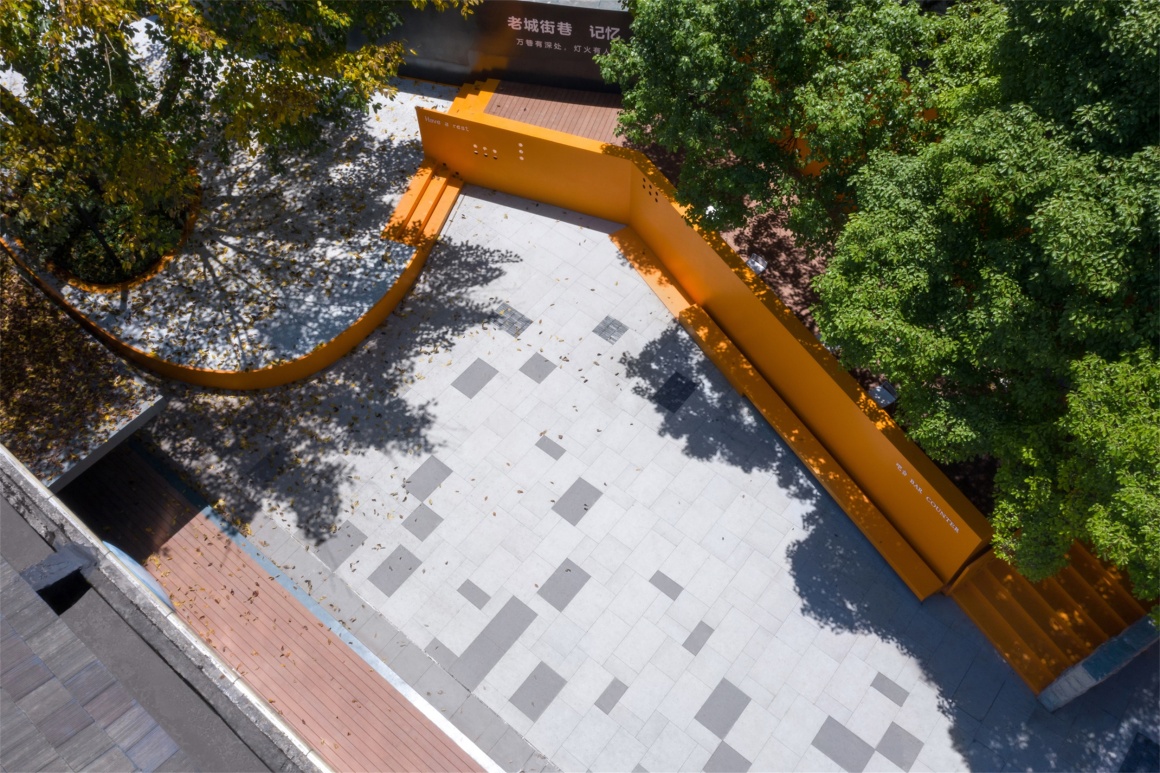
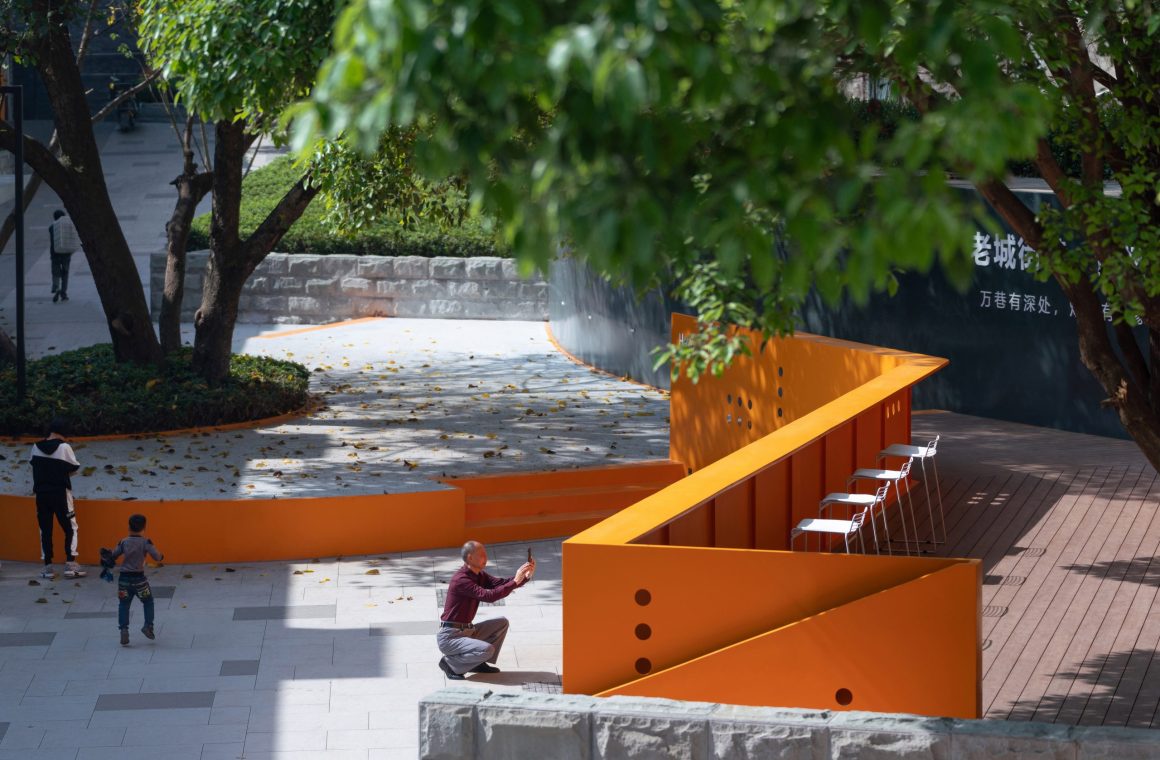
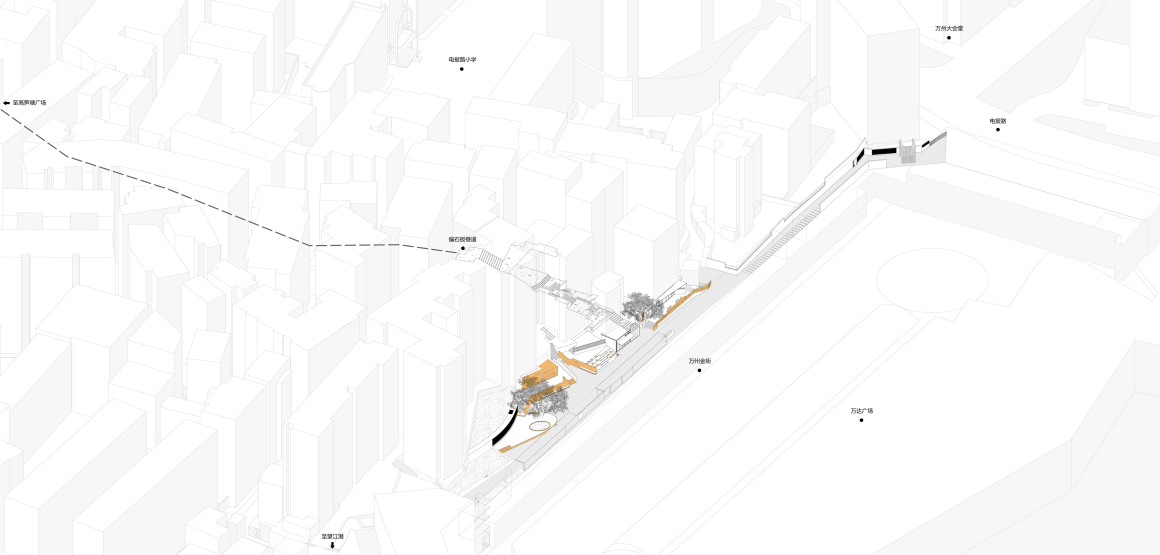
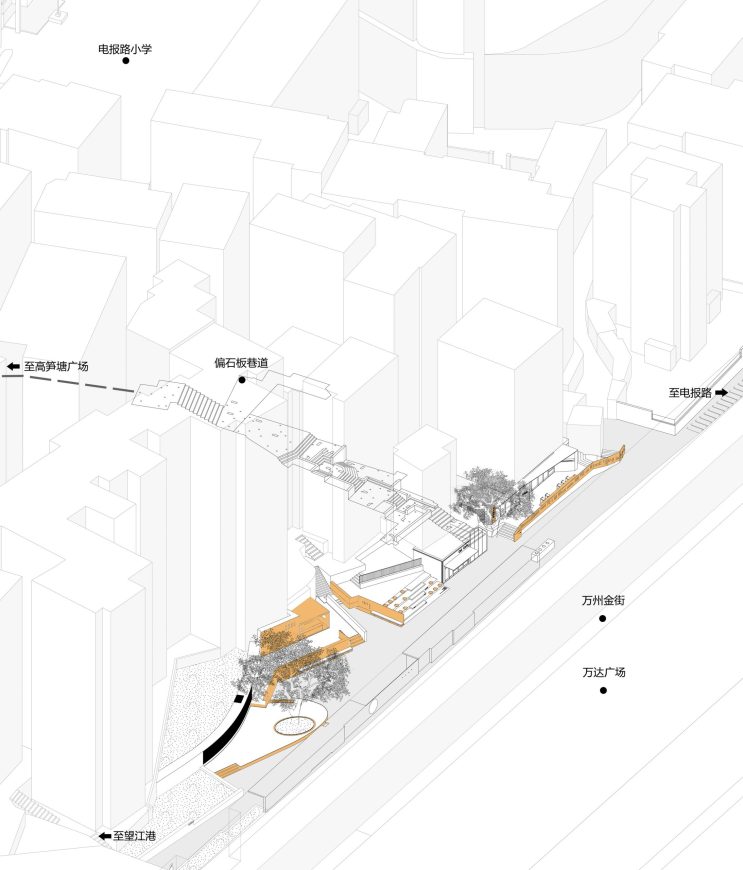
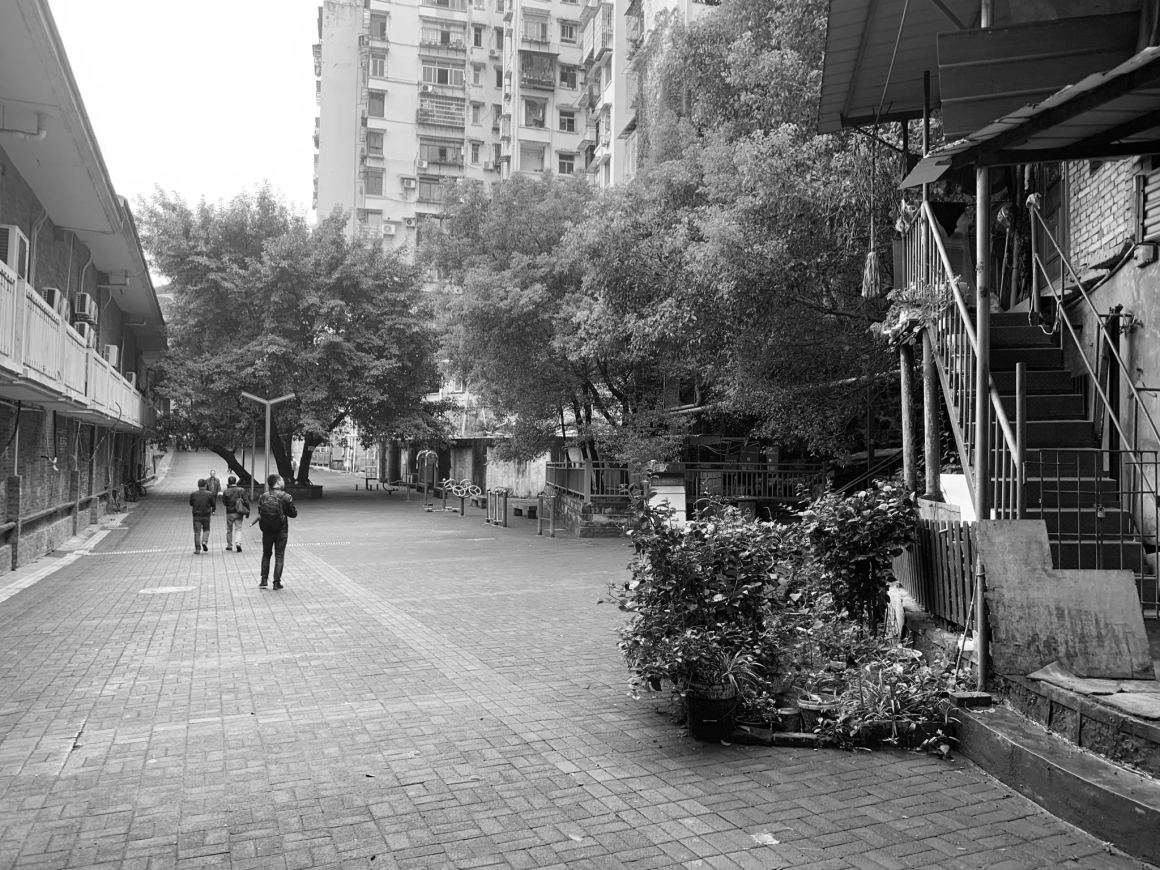
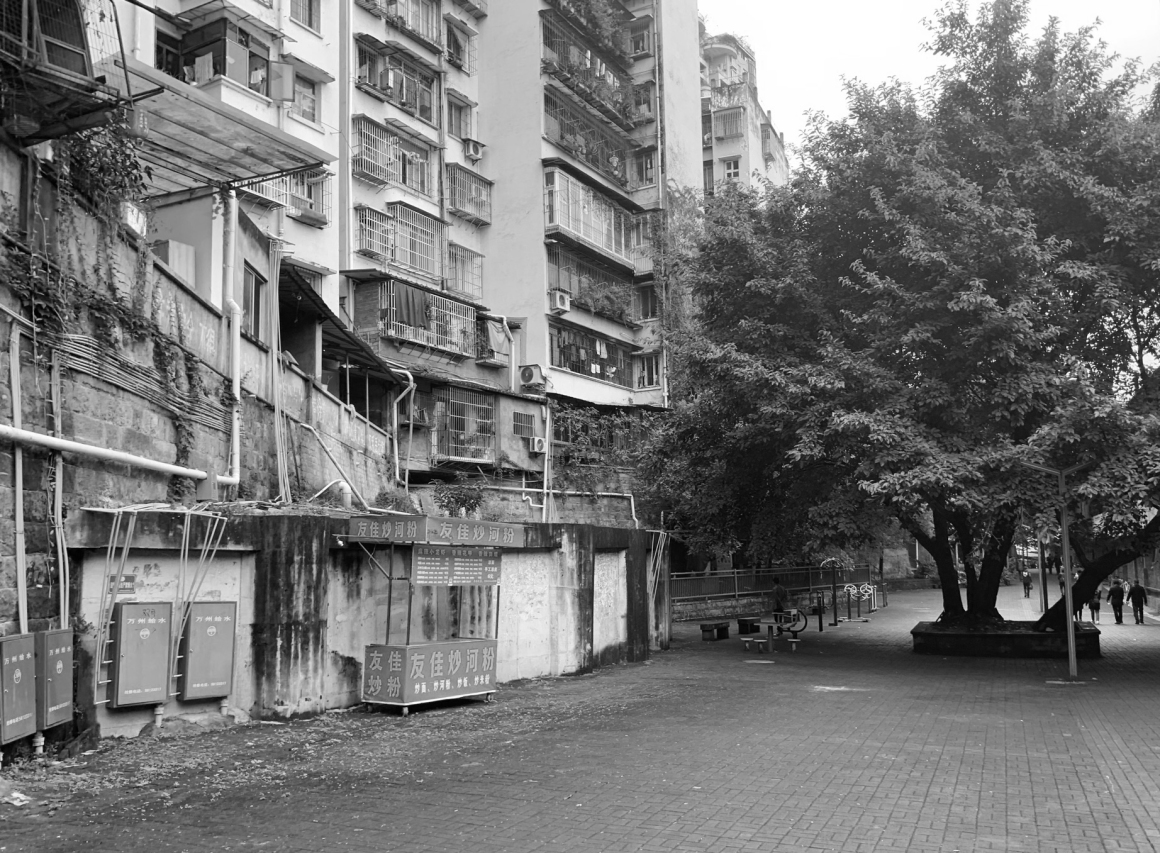


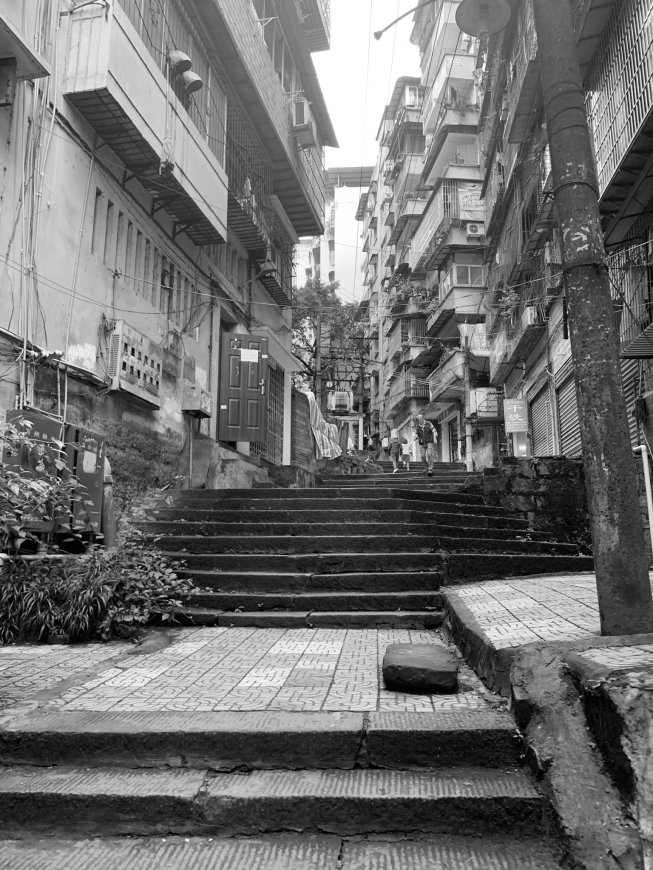
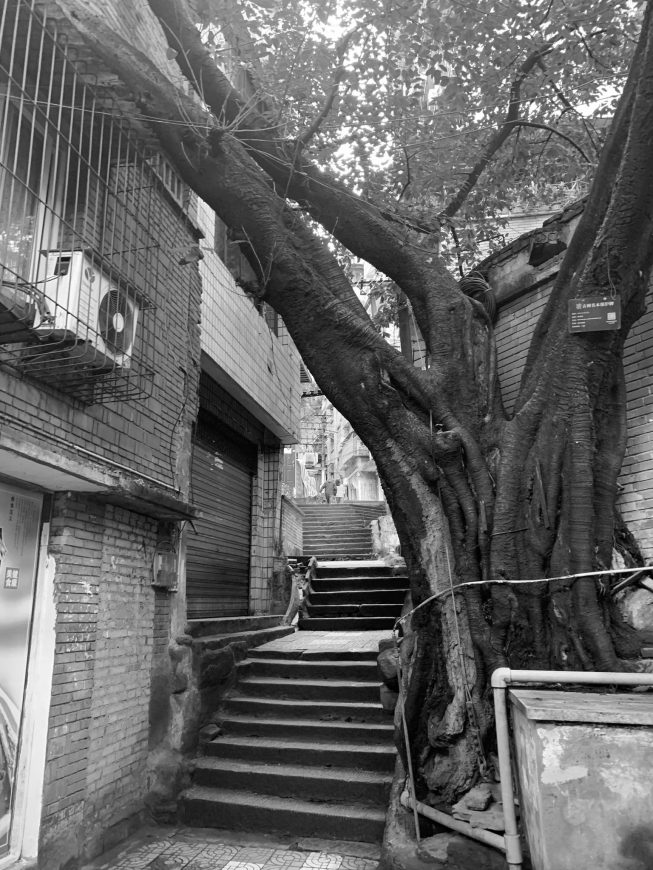

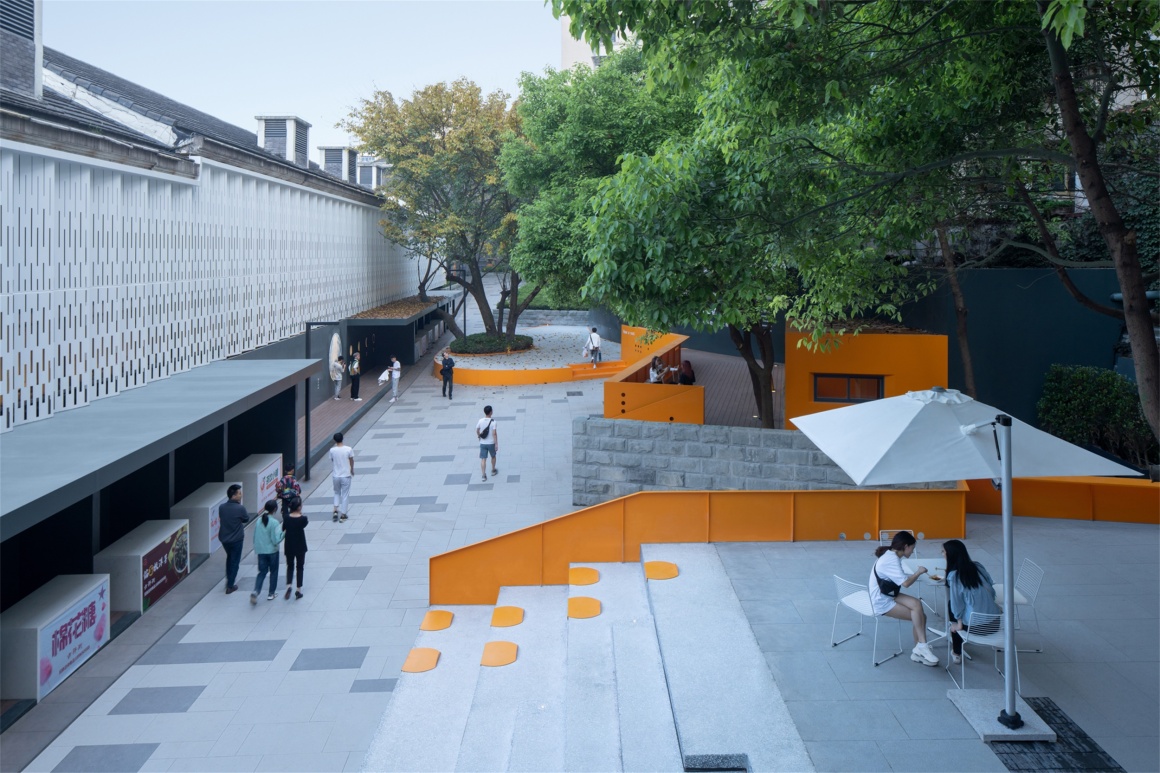
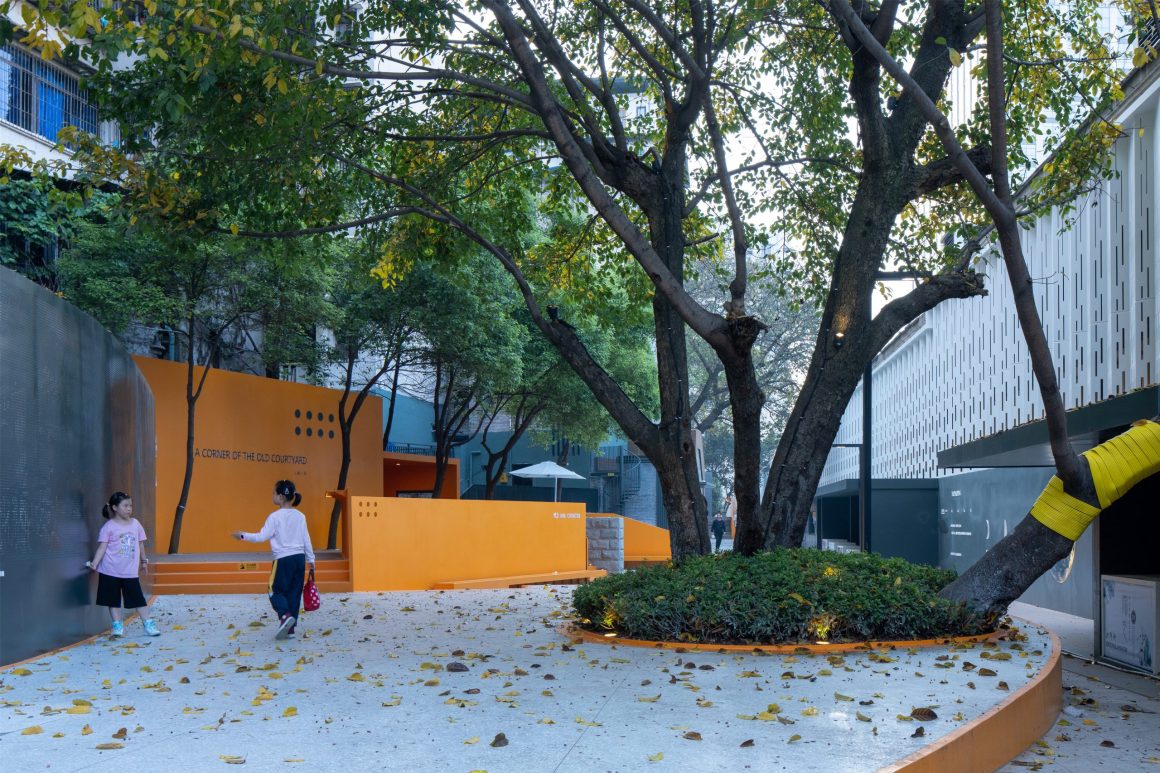


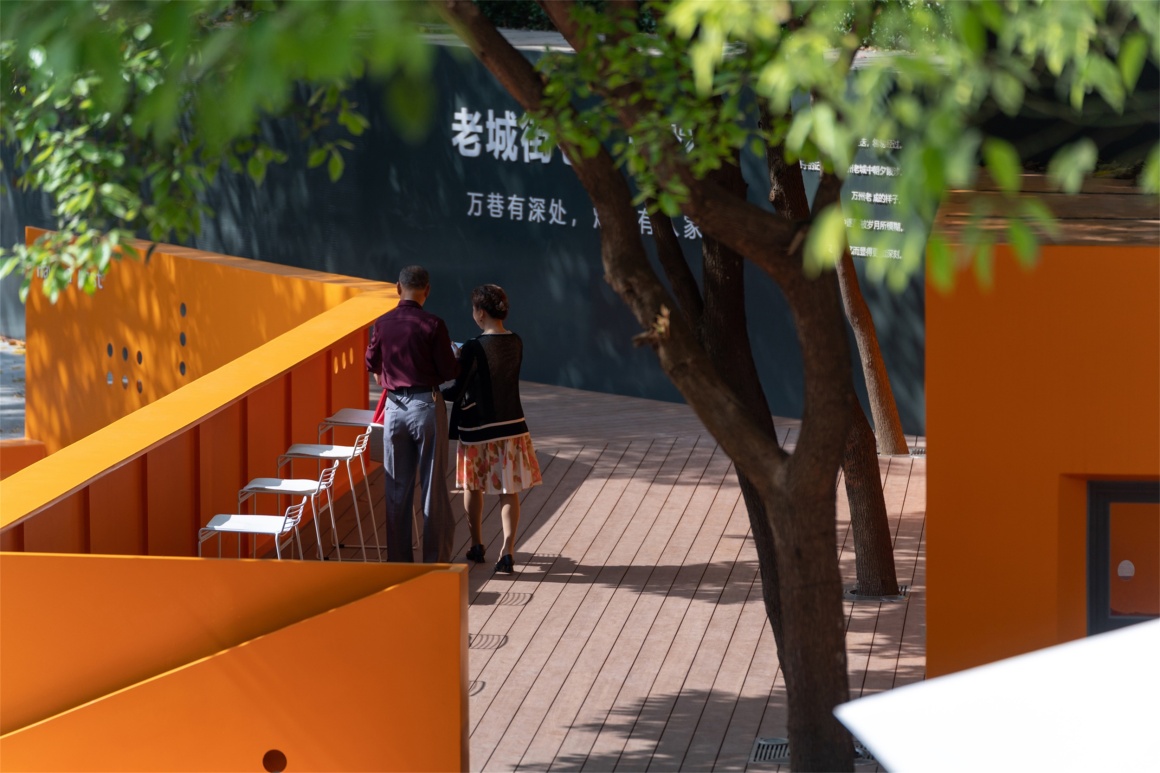
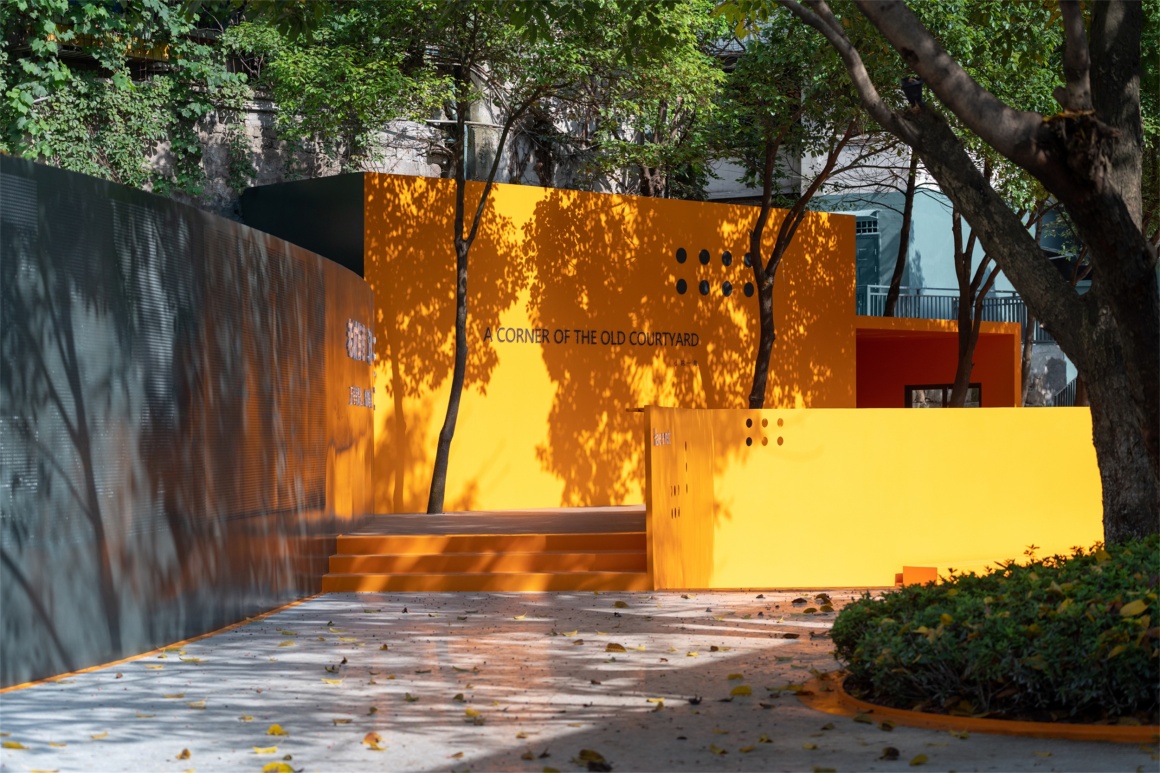

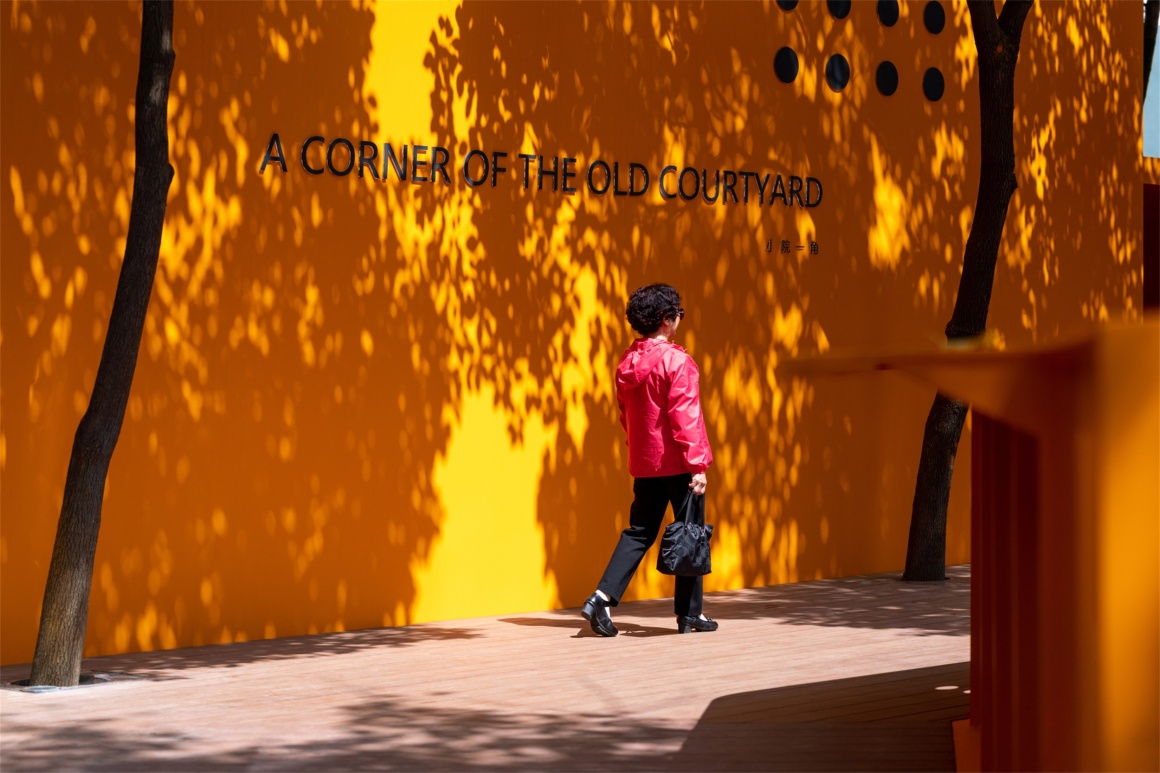



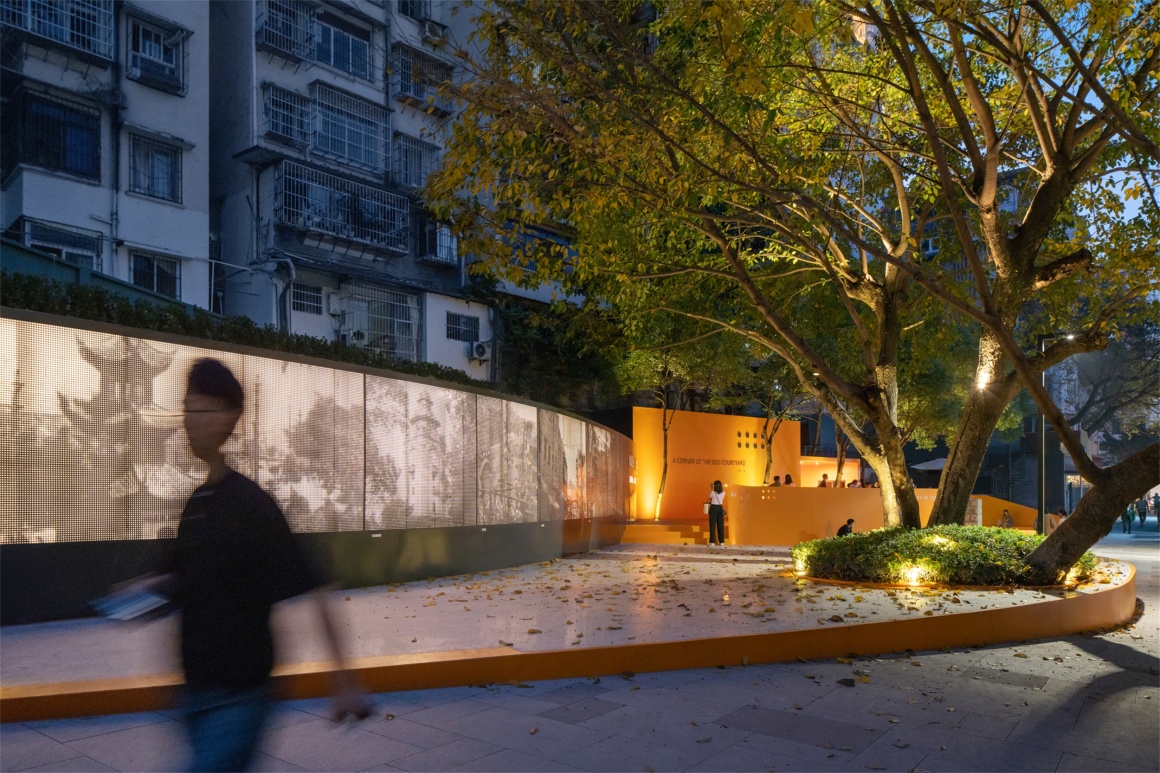
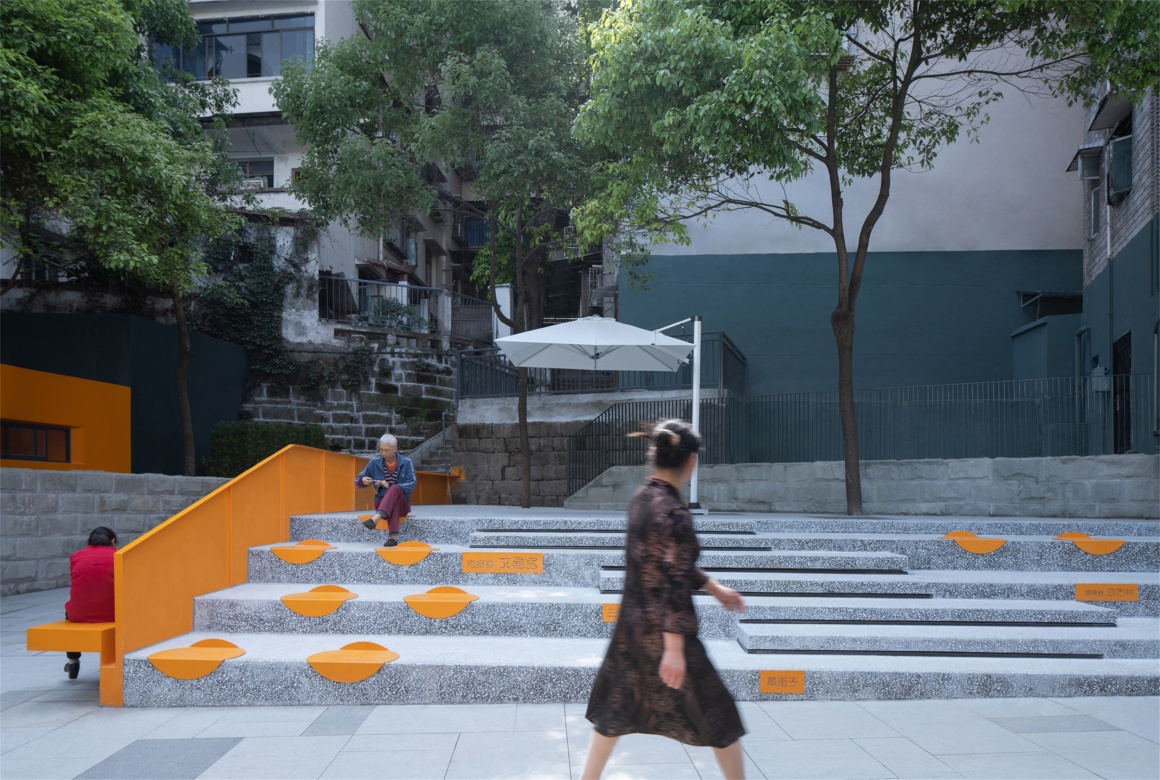
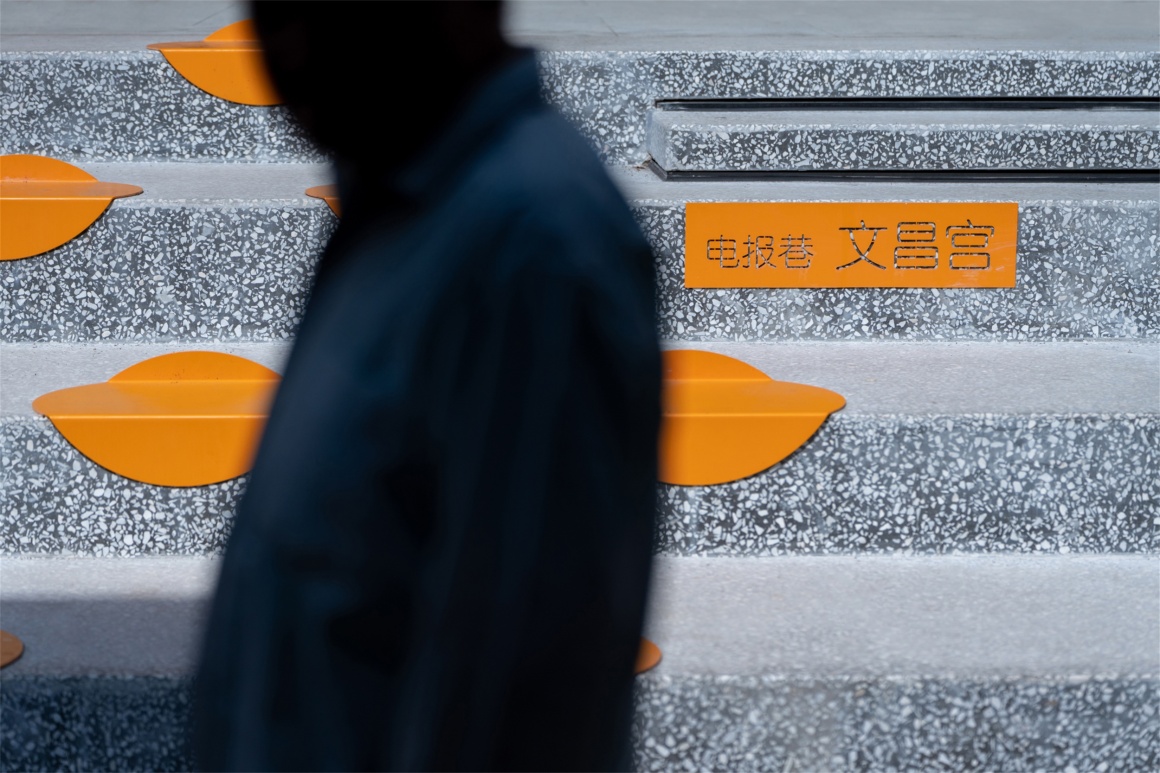
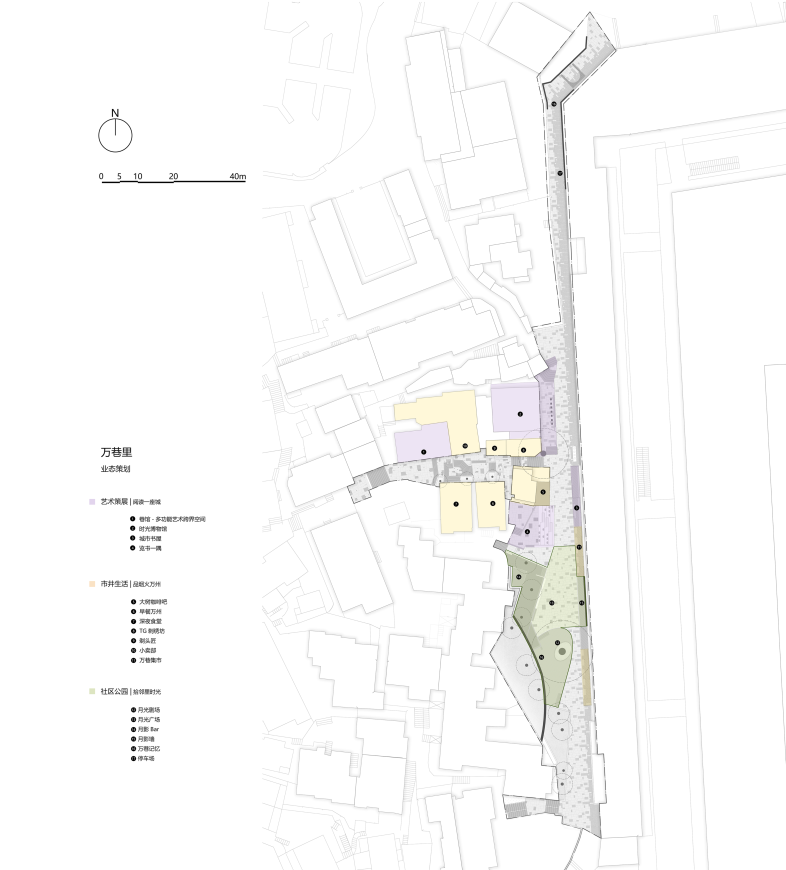
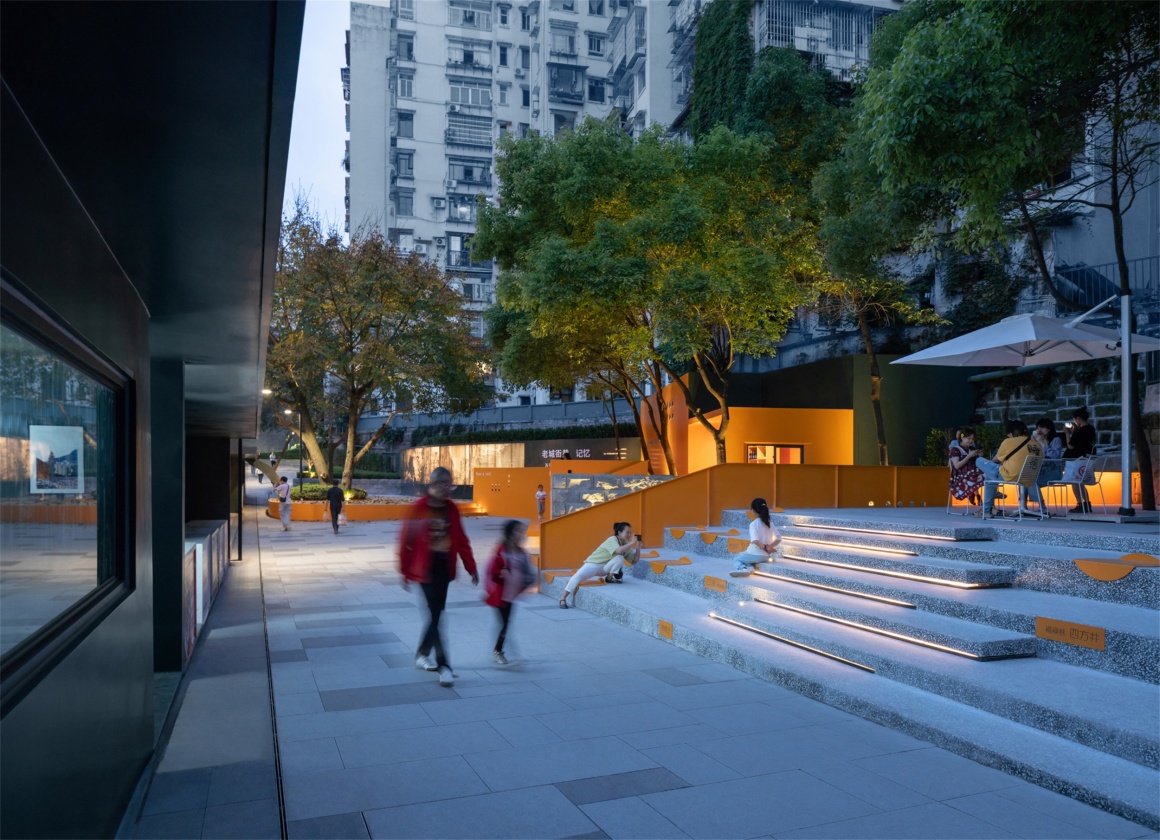
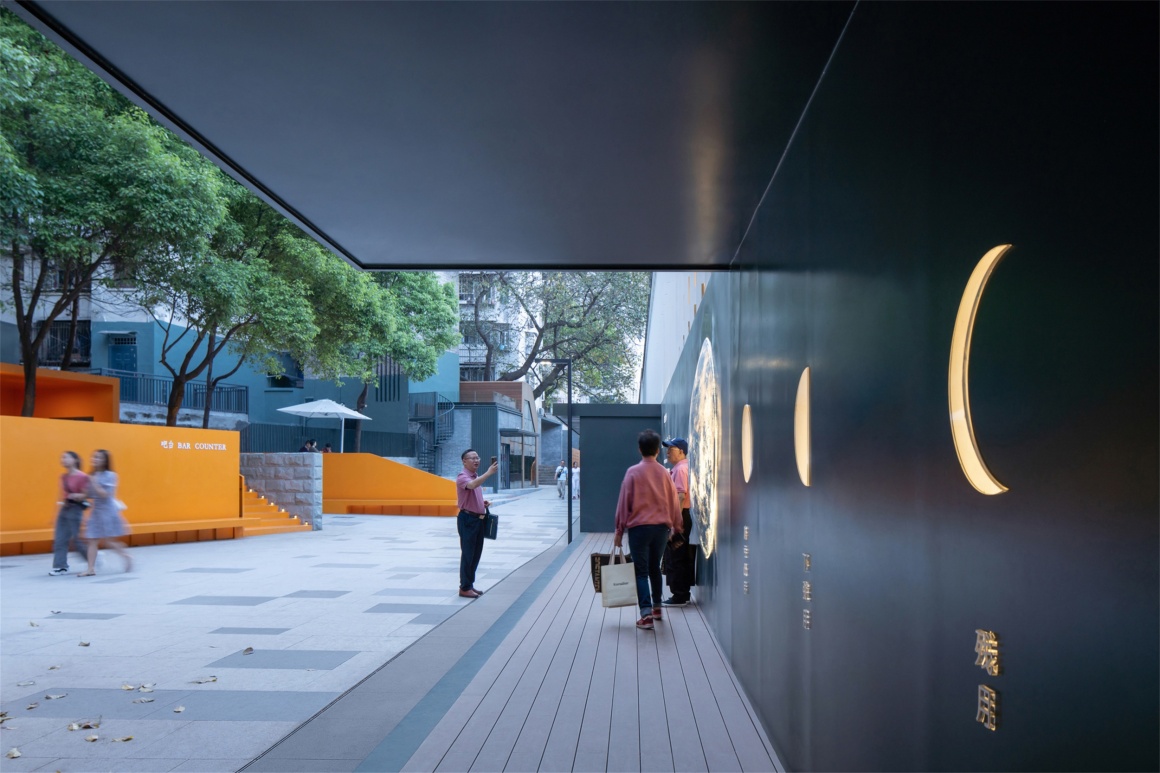



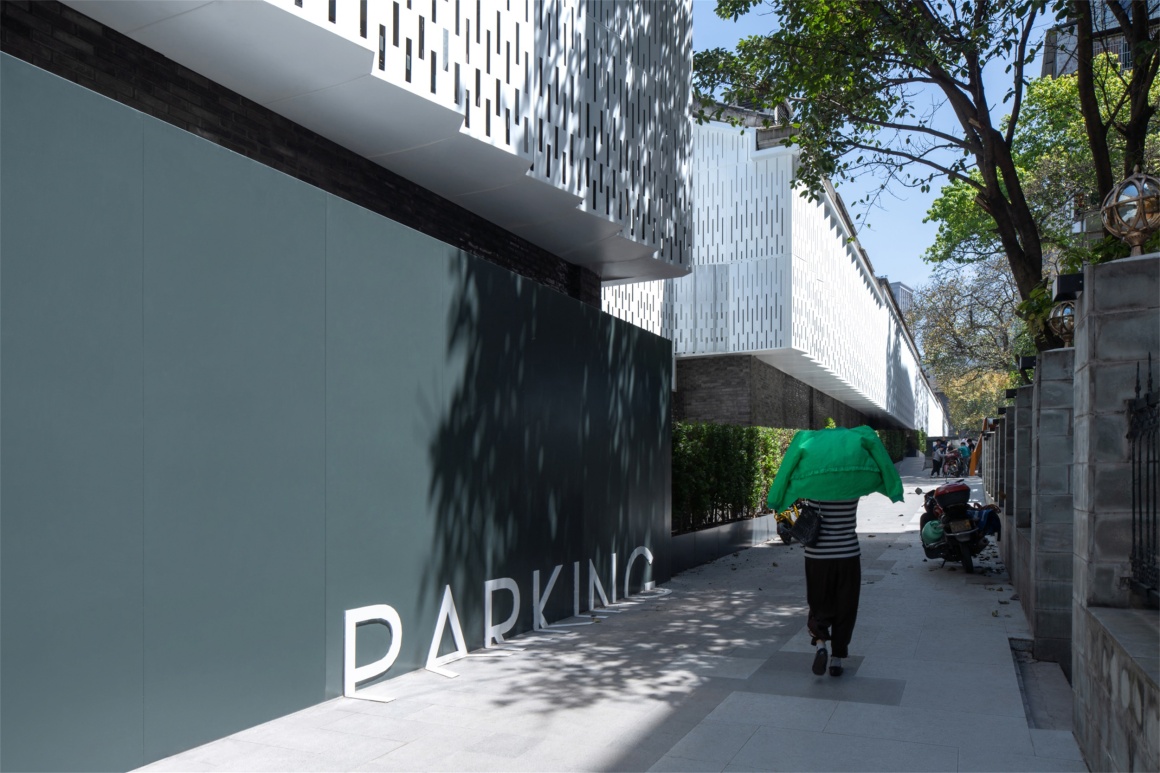
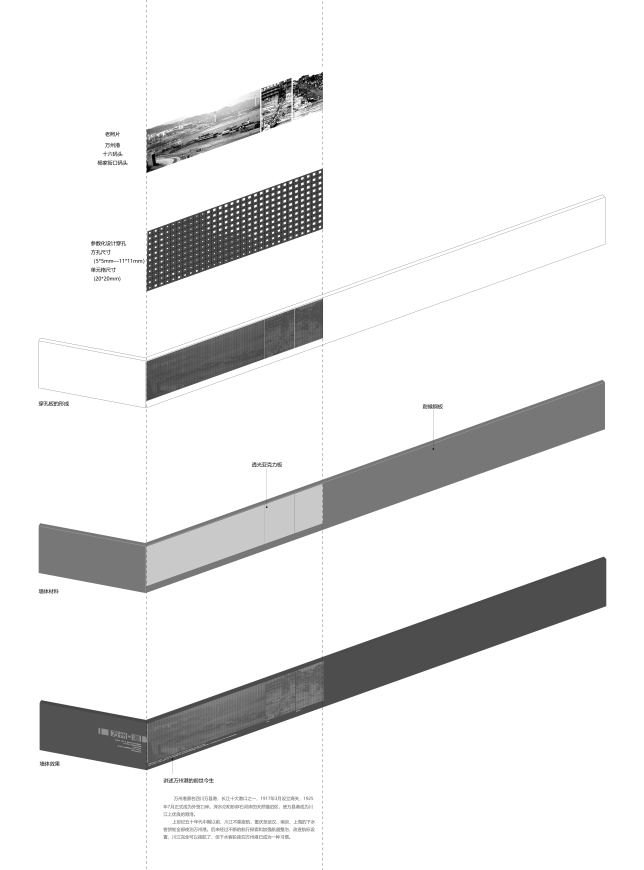

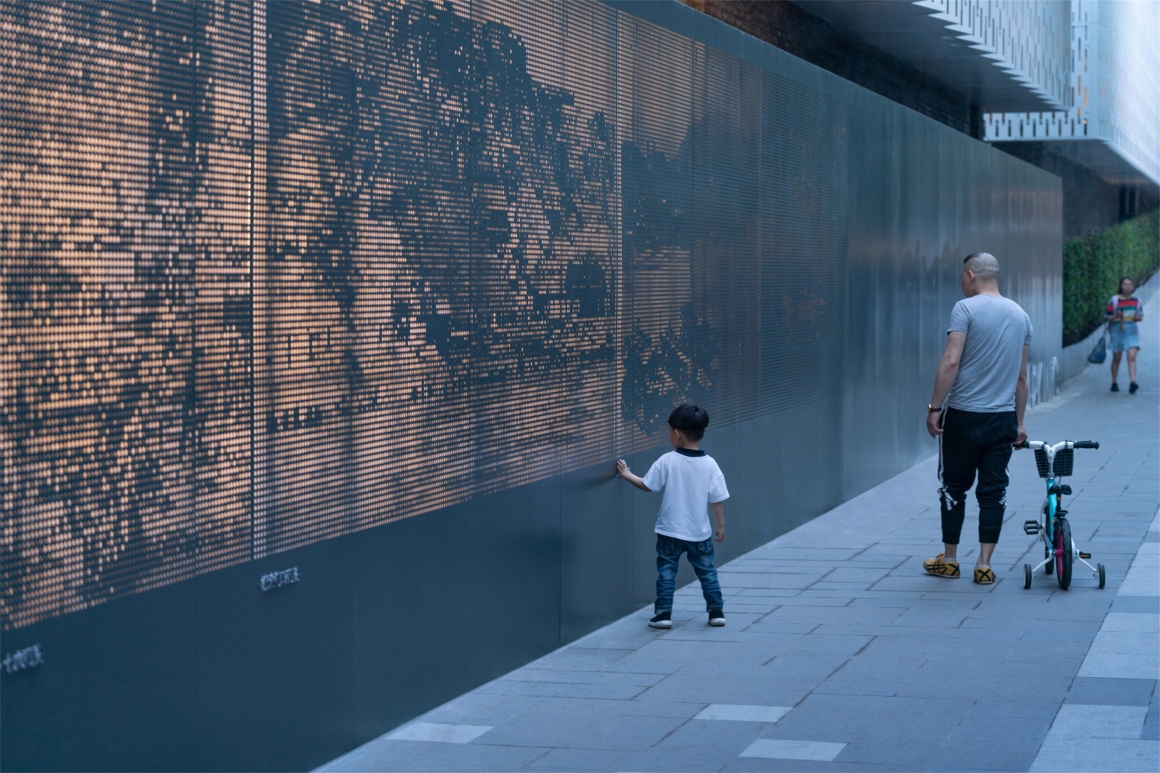
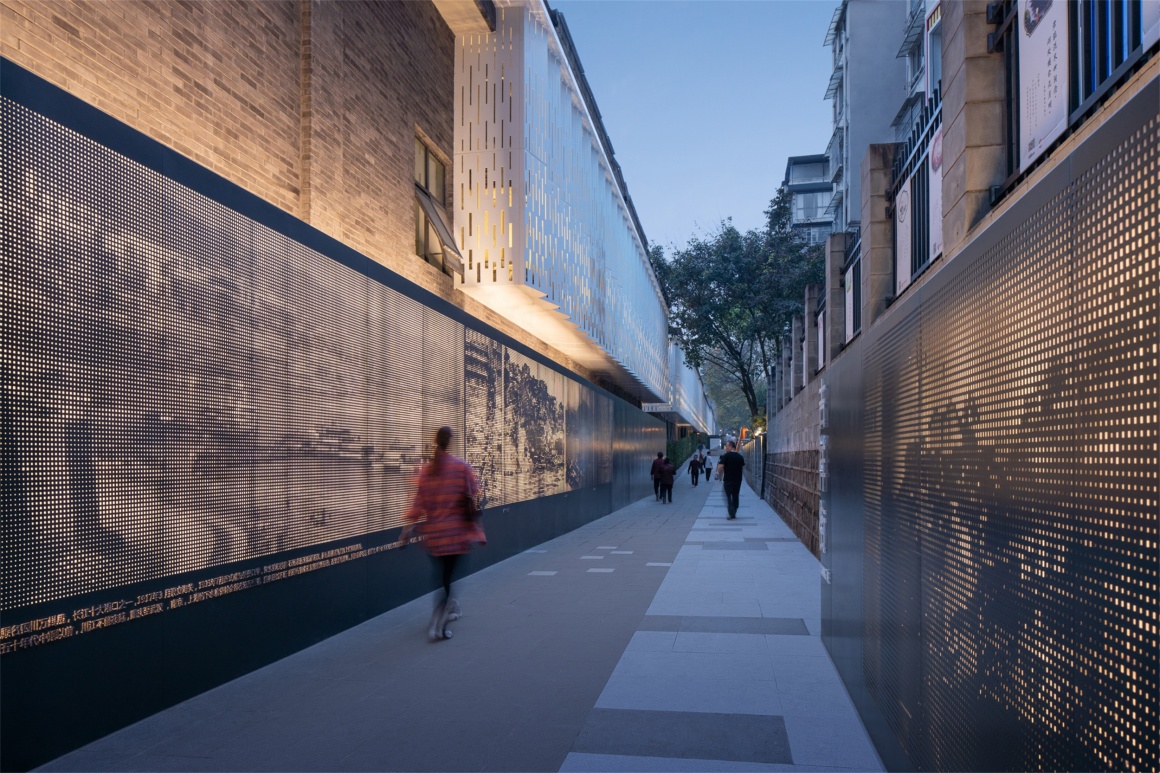
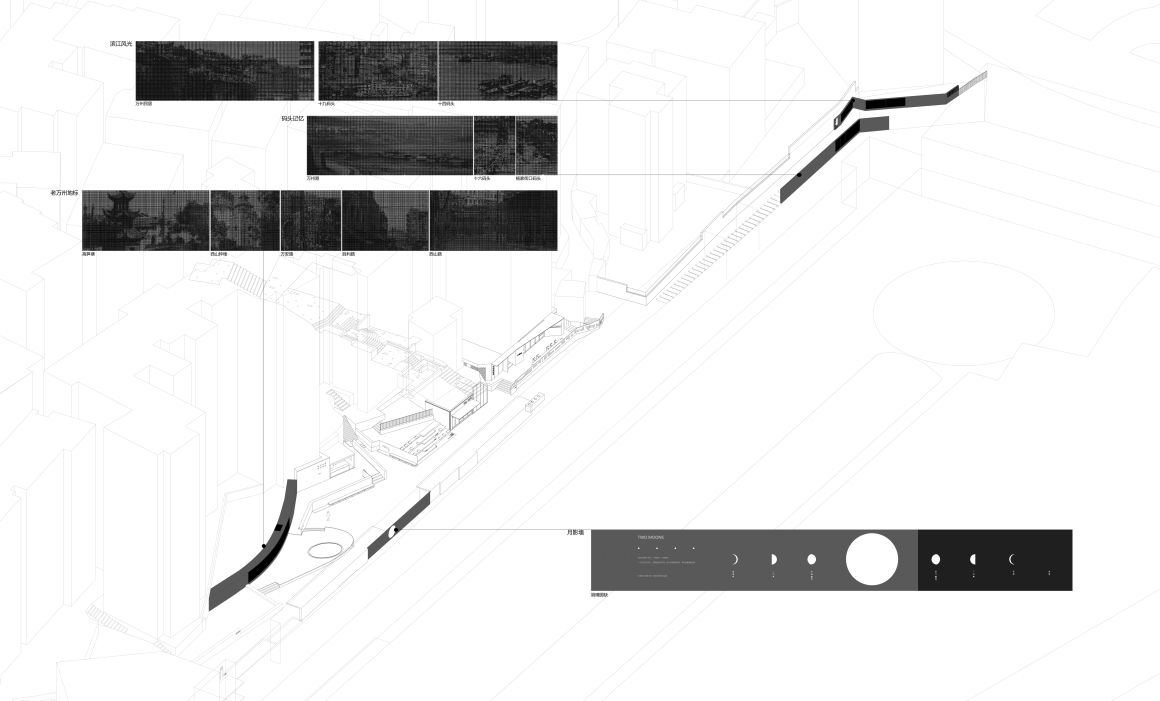

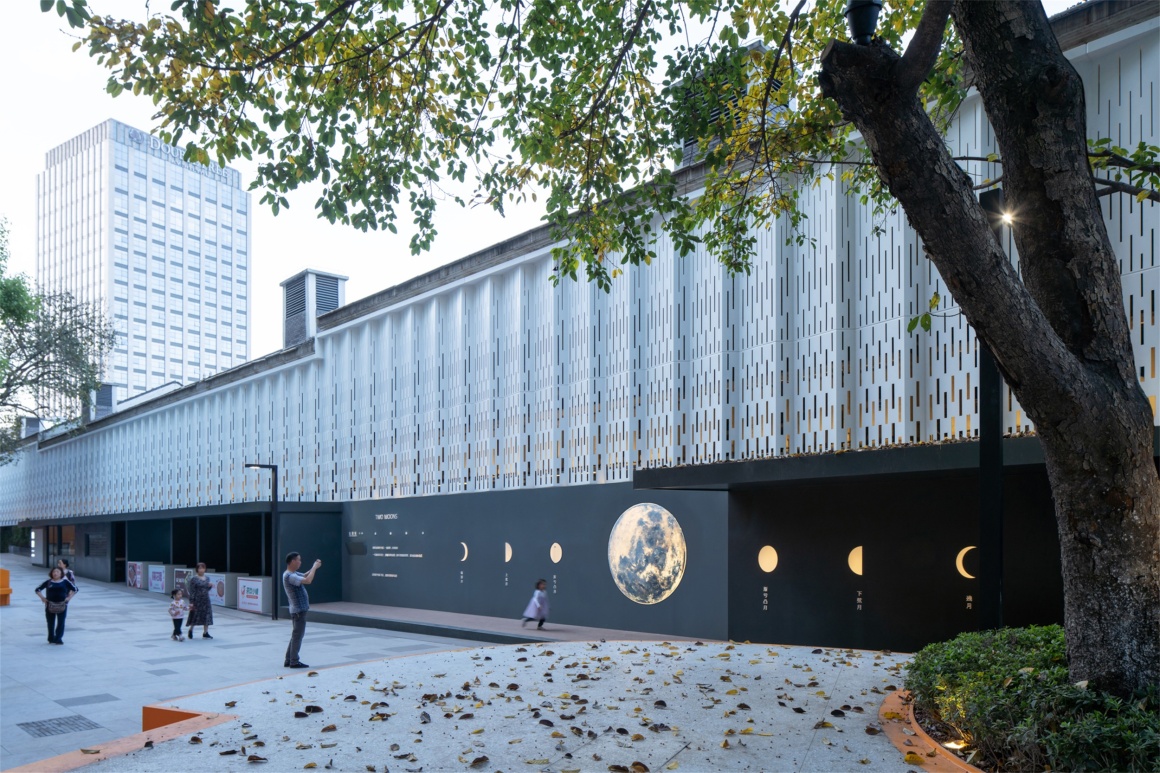
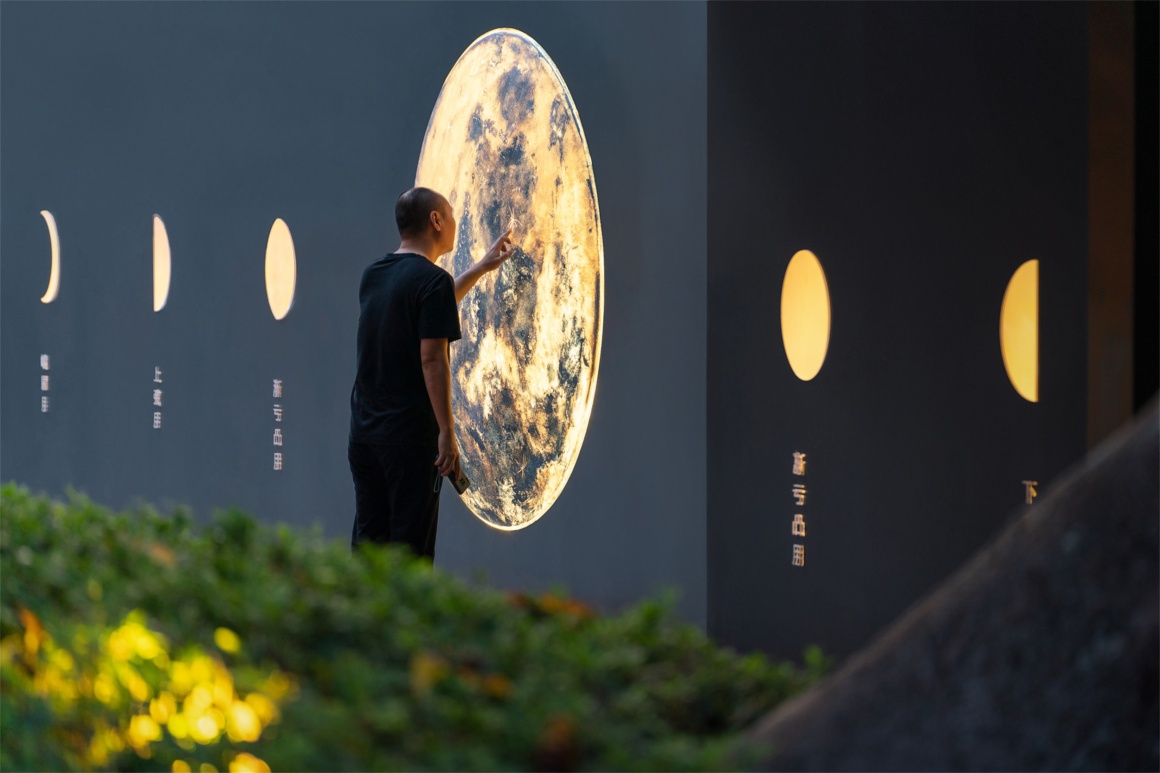
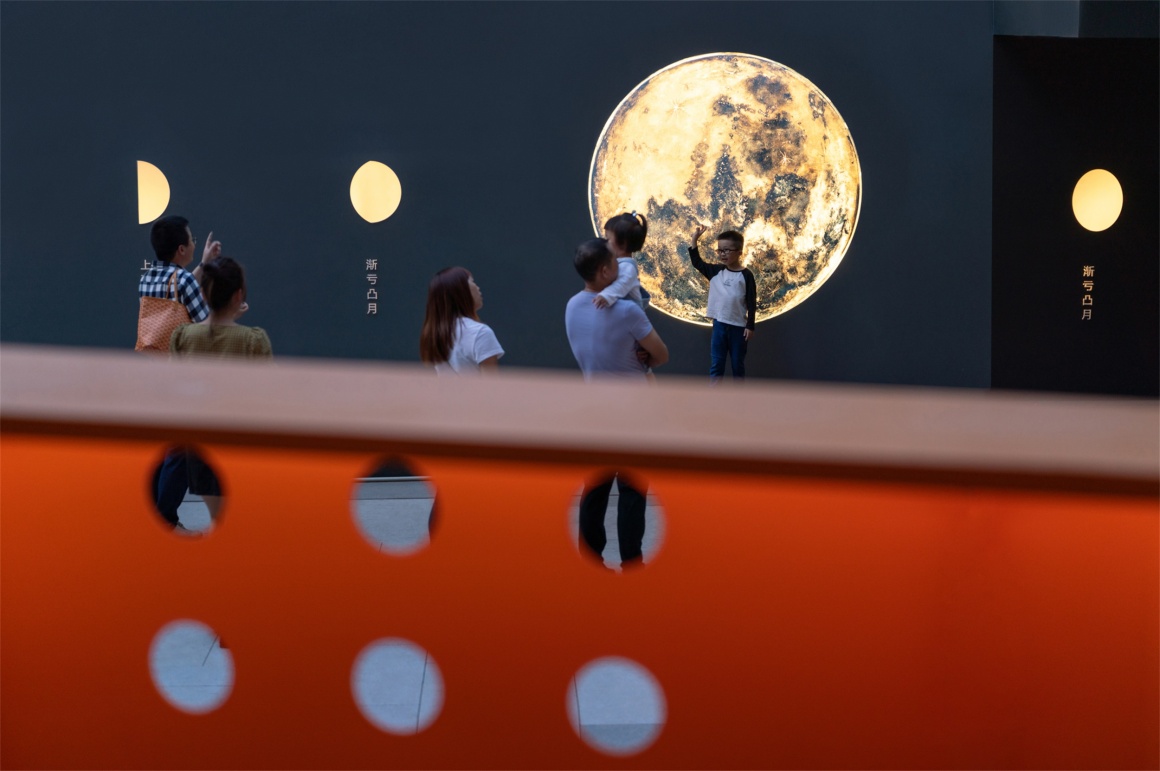
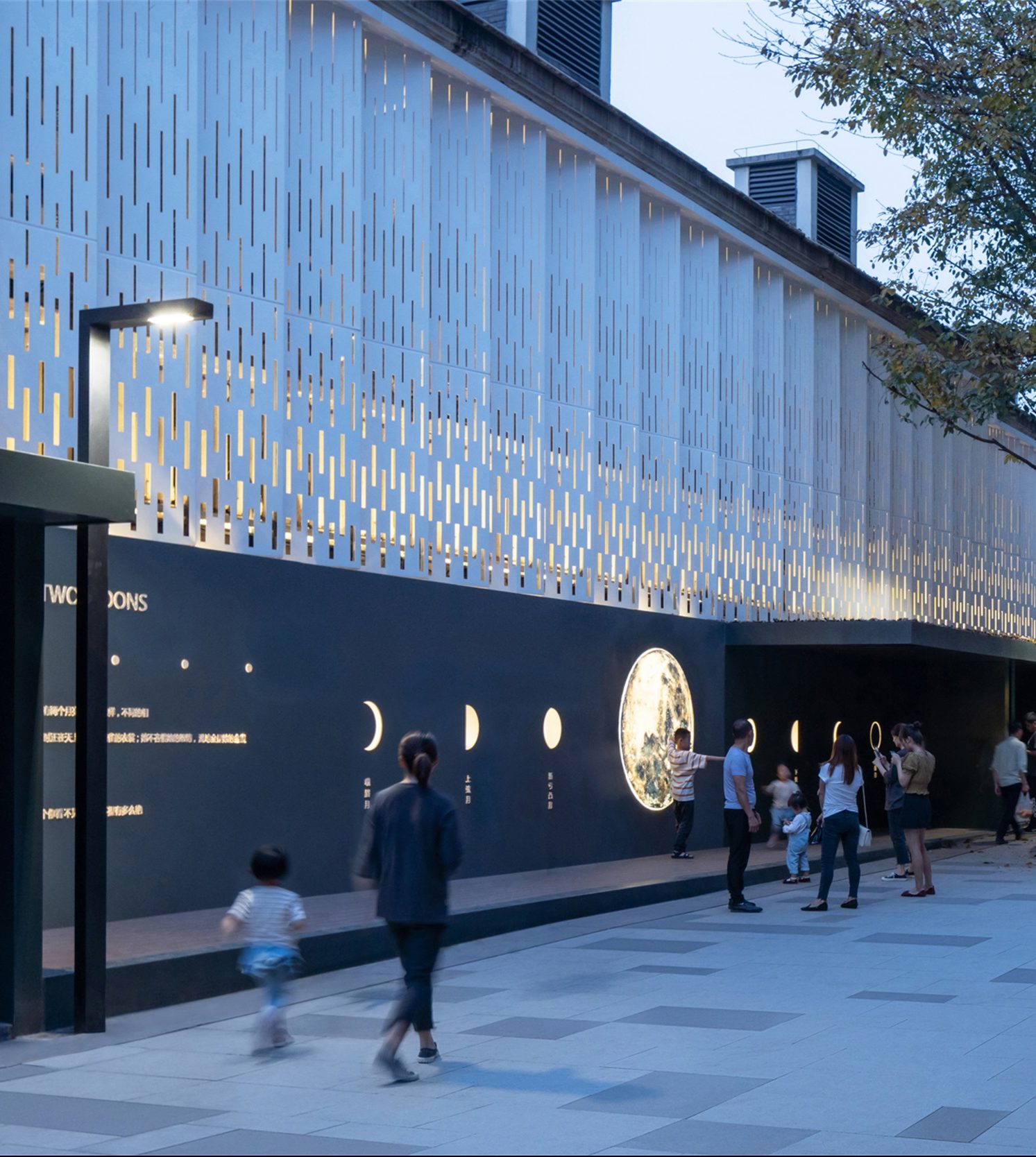
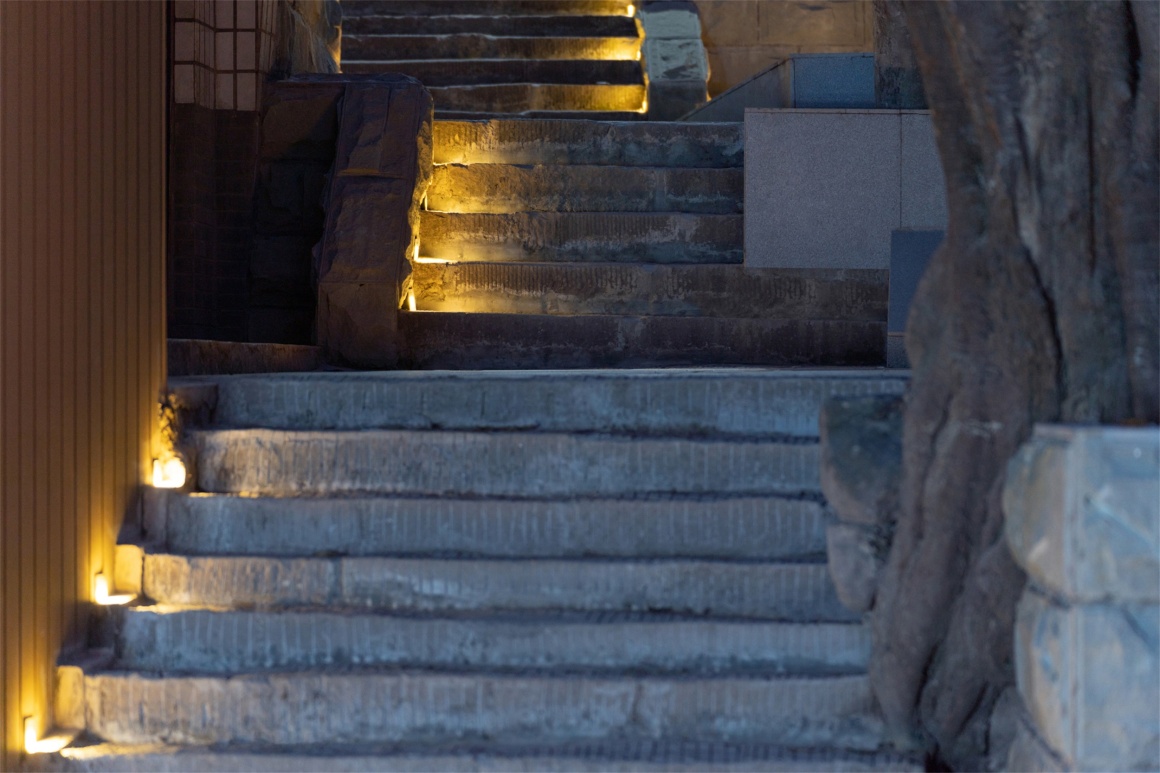



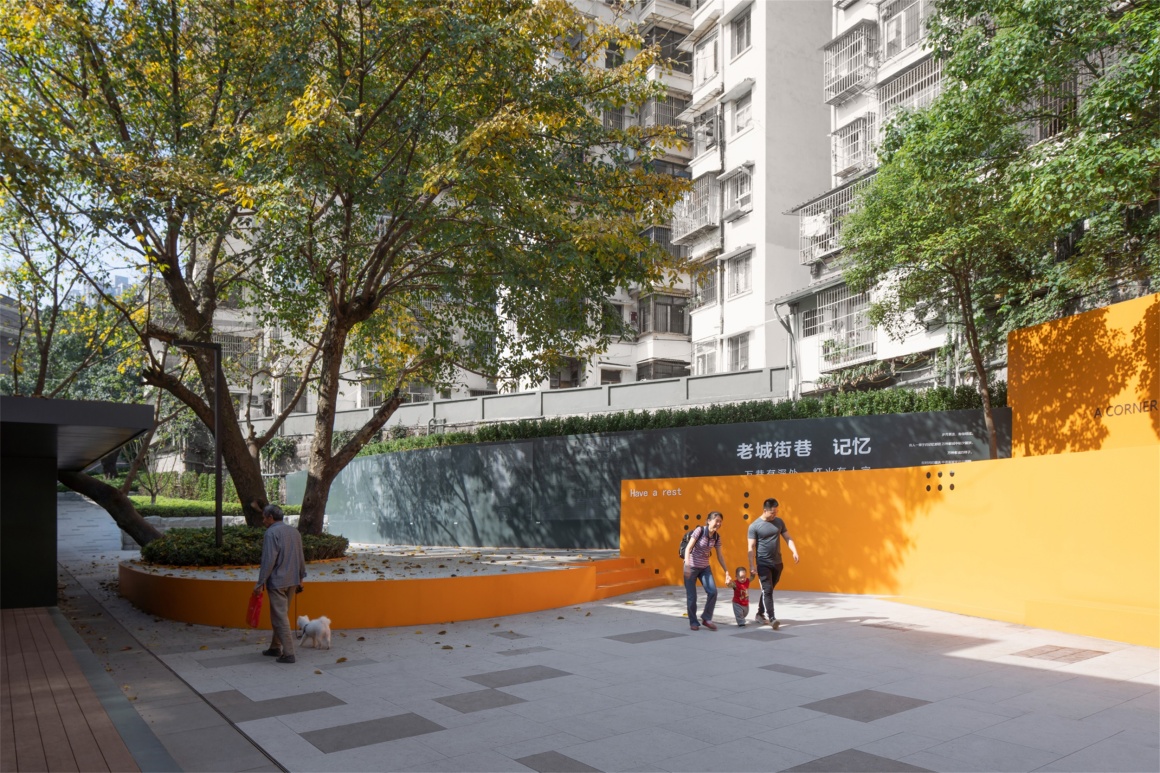


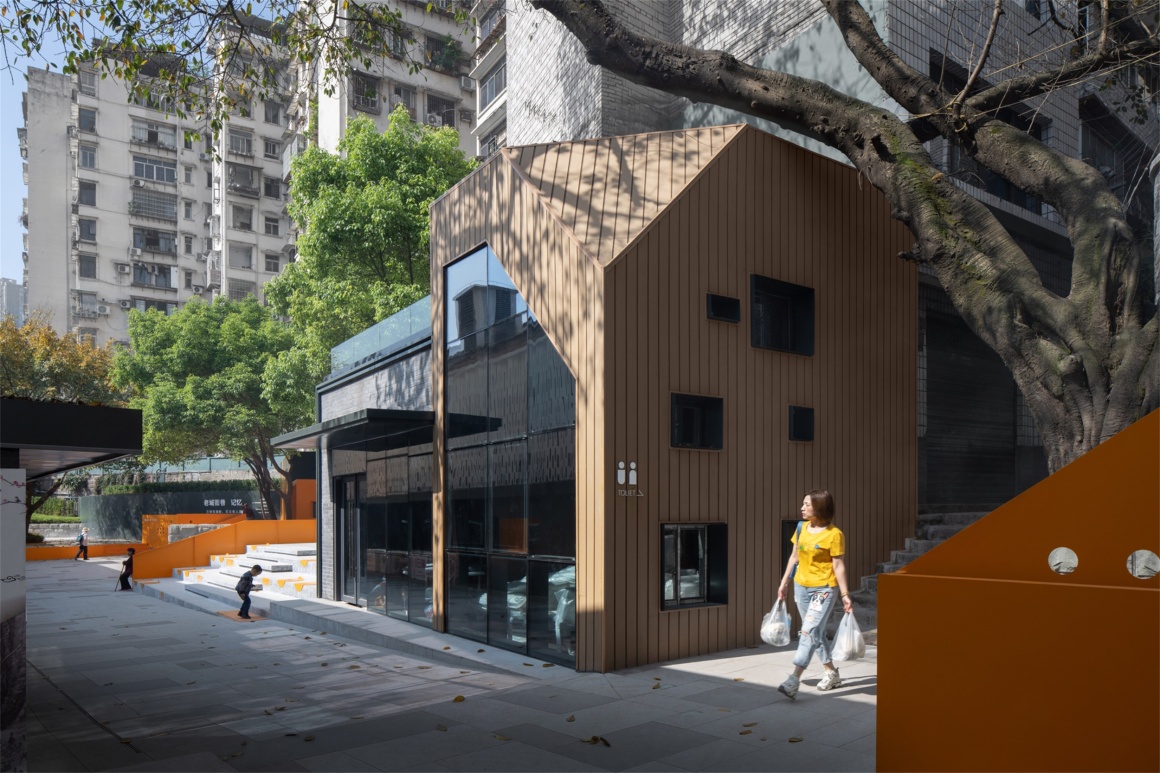






0 Comments